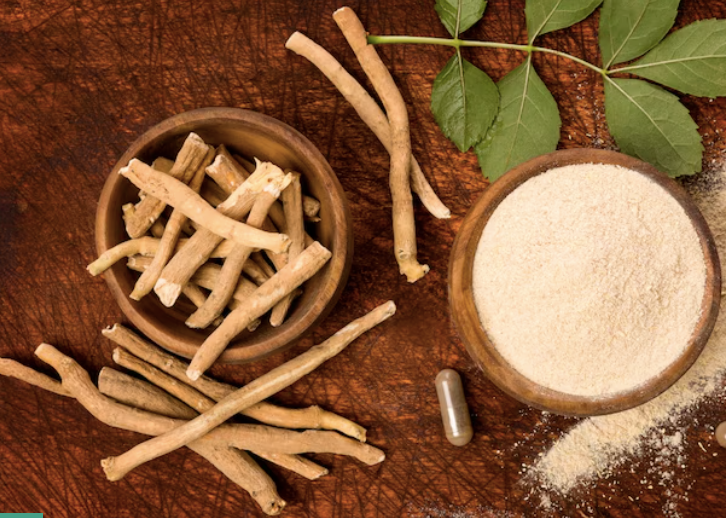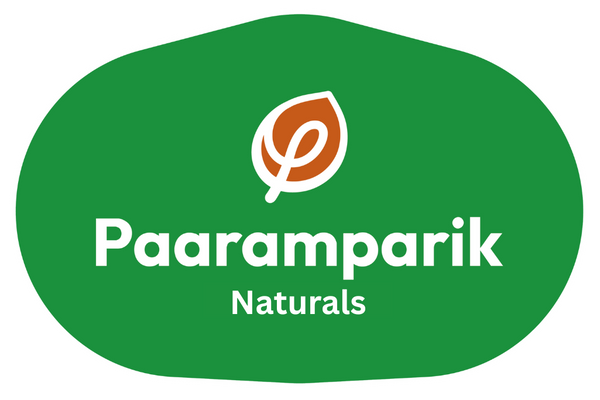From Exhaustion to Energy: Shatavari’s Role in a New Mother’s Wellness

Share
Becoming a mother is beautiful. It is also exhausting.
Sleep is broken. Energy runs low. Recovery matters. Nutrition matters even more.
Shatavari (Asparagus racemosus) is a traditional herb used in Ayurveda for women’s health. It has a long history of supporting postpartum recovery and lactation. Modern studies and reviews have also explored its potential benefits. Below is a practical, evidence-aware guide for new mothers and the people who gift or support them.
What is Shatavari Powder for Breast Milk?
- Botanical name: Asparagus racemosus.
- Traditional use: women’s tonic, galactagogue (helps milk), adaptogen.
- Common forms: root powder, capsules, ghee blends, laddoos, and tonic bars.
Shatavari powder for breast milk is included in Ayurvedic texts and pharmacopeia for postpartum care and lactation.
Why Mothers Try Shatavari?
Mothers report improved stamina. They report better milk flow.
Research offers mixed but promising results. Some randomized trials and recent clinical studies have shown increases in milk output or prolactin levels with shatavari preparations.
Additionally, shatavari for breast milk has been shown to exhibit adaptogenic and antioxidant effects, as noted in recent reviews. Adaptogens help the body manage stress. That can be useful in the fragile weeks after birth.
How Shatavari Helps Postpartum Mothers — the Practical Effects
- Supports lactation. May increase milk volume in some women.
- Boosts recovery. Nutrients and adaptogenic compounds help energy and resilience.
- Aids digestion and appetite. Gentle on the stomach. Helps nutrient absorption.
- Balances hormones. Traditionally used for hormonal toning and menstrual recovery.
- Antioxidant support. Helps reduce oxidative stress during recovery.
How to Use Shatavari for Increasing Breast Milk?
Short, practical options that new mothers can try:
- Shatavari milk (night): Warm whole milk + ½ tsp shatavari powder + 1 tsp jaggery or dates + a pinch of cardamom. Drink before bed. Good for nourishment and relaxation. (Common traditional method.)
- Powder in porridge: Mix ½ tsp shatavari powder into porridge or lassi. Easy to take.
- Ghee-based tonic: Shatavari cooked into ghee (shatavari ghee) and added to warm milk. Used in many postpartum recipes.
- Capsules / standardized extracts: For precise dosing. Choose reputable brands and follow label directions.
- Shatavari laddoo: Combine shatavari powder with dates, nuts, and a little ghee. Hand-rolled laddoos are nourishing and portable.
A common traditional dose used in household practice is approximately ½ to 1 teaspoon of root powder in milk, taken once daily. Modern supplements vary. For clinical dosing and standardized extracts, follow product guidance or a practitioner.
Evidence Snapshot — What the Research Says
- Some clinical trials reported increased milk production and higher prolactin with shatavari preparations. Results are promising but not universal.
- Reviews describe adaptogenic, anti-inflammatory, and antioxidant activities in laboratory and animal studies; human trials are smaller and require further replication.
Bottom Line: Shatavari postpartum powder has a long traditional use and growing scientific support. But it is not a guaranteed fix for every mother. Combine it with good breastfeeding practices and clinical guidance.
Safety & precautions — what to watch for
- Avoid in pregnancy. Some sources warn about possible risks in pregnancy; do not self-prescribe while pregnant.
- Consult before breastfeeding. Most guidance lists shatavari as commonly used during breastfeeding. However, we recommend consulting a healthcare provider first — especially if you have pre-existing health conditions or are taking medications.
- Allergies: If you are allergic to asparagus or related plants, avoid it.
- Medication interactions: If you are on hormone therapy, blood thinners, or other prescription drugs, ask a clinician.
- Quality matters: Choose third-party-tested products. Avoid contaminated or mislabelled batches.
Always check with your lactation consultant, midwife, obstetrician, or a qualified herbal practitioner before starting a new herb.
Practical postpartum plan — simple and effective
Use this short plan as a starting point:
- Prioritize feeding frequency. Breastfeed or pump often—supply often responds to demand.
- Hydrate well. Water supports milk production.
- Try shatavari milk at night. ½ tsp powder in warm milk, once daily, for 2–4 weeks while monitoring results.
- Eat energy-rich foods. Dates, nuts, whole grains, and soups after feeds.
- Rest when possible. Sleep aids recovery.
- Check progress. Track baby weight, wet diapers, and maternal energy. If low supply persists, see a lactation specialist.
Shatavari is an addition, not a replacement, for good breastfeeding technique, rest, and proper nutrition.
Quick recipes — two that new mothers like
1. Simple Shatavari Milk
- 1 cup warm milk
- ½ tsp shatavari powder
- 1–2 chopped dates or 1 tsp jaggery
-
Pinch cardamom
Stir well. Drink warm before bed.
2. Shatavari-Ladoo (single serving idea)
- 2 tbsp almond powder
- 1 tbsp dates paste
- ¼ tsp shatavari powder
-
½ tsp ghee
Mix to form a ball. Chill briefly. Eat 1 per day.
Choosing a product — checklist
- Look for root-based powder (not stems).
- Prefer organic where possible.
- Check for third-party purity testing.
- Read the label for recommended dose.
- Buy from reputable brands or local trusted herb shops.
Final note — realistic expectations
Shatavari can help. It may boost milk in many women. It may also calm and support postnatal recovery. But results vary. Science supports the traditional use, but larger clinical trials would strengthen the guidance.
If in doubt, ask a clinician. Use it as part of a balanced postpartum plan, which includes good sleep, frequent feedings, nutrient-rich foods, and professional breastfeeding support. That combined approach helps mothers transition from exhaustion to steady energy.



